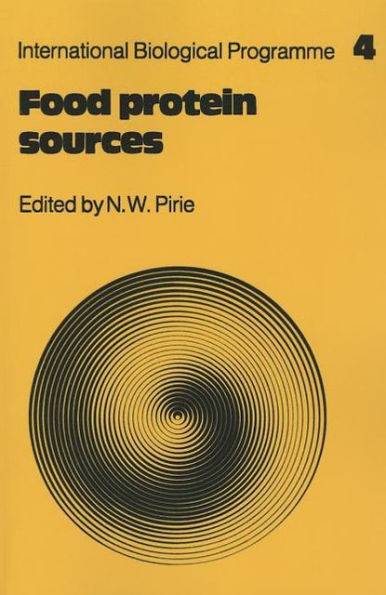This book was first published in 1975. Food protein can be produced in many different ways. Some sources, e.g. products from domestic animals, are so well known that they need only brief mention in a book such as this. Others necessitate the use of sophisticated technology; their merits and potentialities are discussed at sufficient length to allow their world role to be assessed and to illustrate the directions in which research is needed. Special attention is given to sources from which food protein could be made by simple techniques in regions where protein deficiency is acute. The methods discussed include mechanical extraction, biological modification, and biological conversion. The final section discusses quality control and the acceptability of novel foods.



